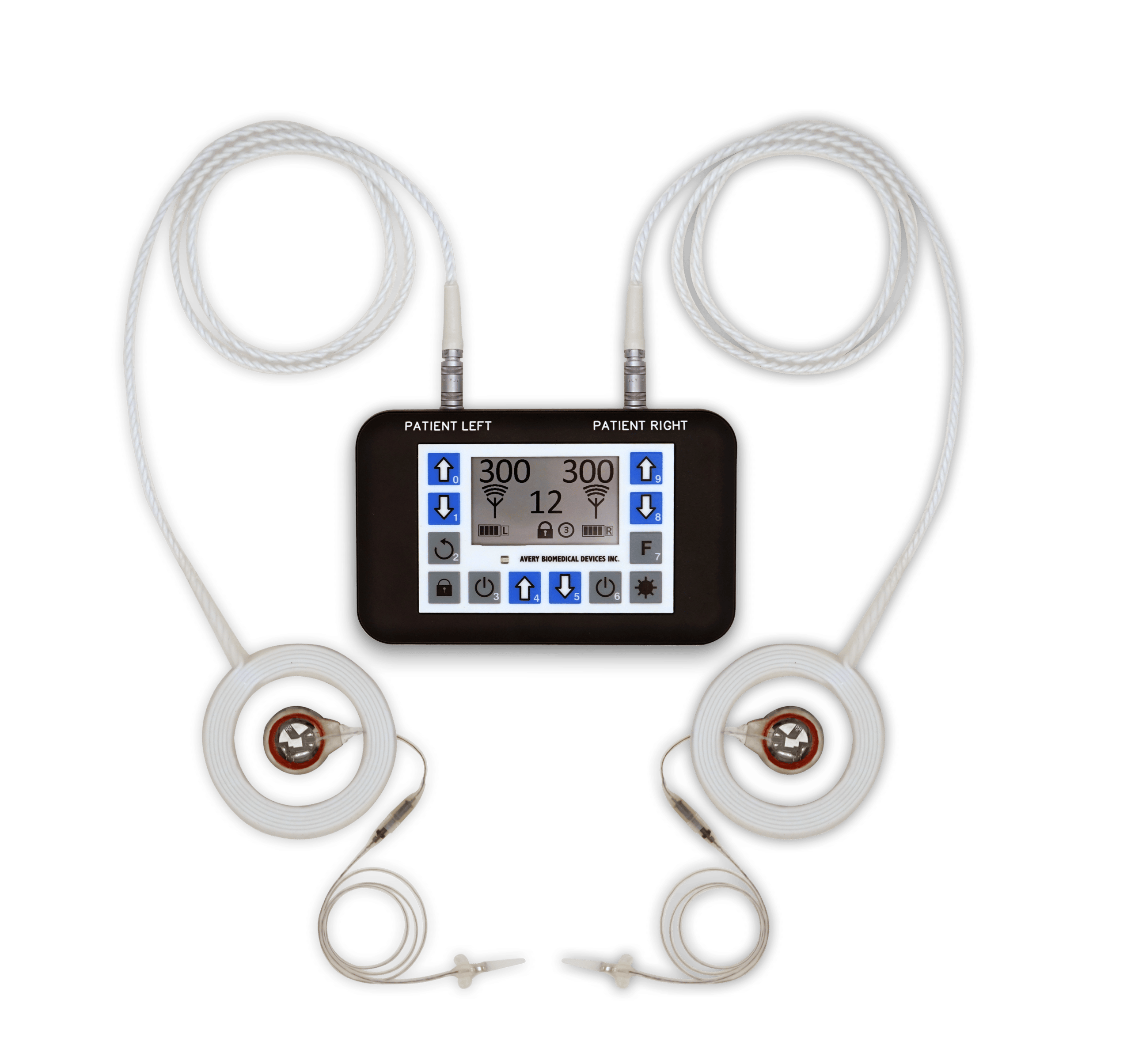Instruction Manual
Every Avery DPS device includes an Instructional Manual, but if you need to replace it or need additional copy, please Call Us or fill out our Contact Us Form to obtain a copy of the IFU.
Device Technical Support
Technicians are available by telephone to assist with troubleshooting and technical support during normal business hours (8 AM to 4 PM Eastern Time, Monday through Friday). At other times, please leave a message and someone will return your call at the earliest opportunity. Requests of a non-urgent nature can be sent thought our Contact Us Form.
